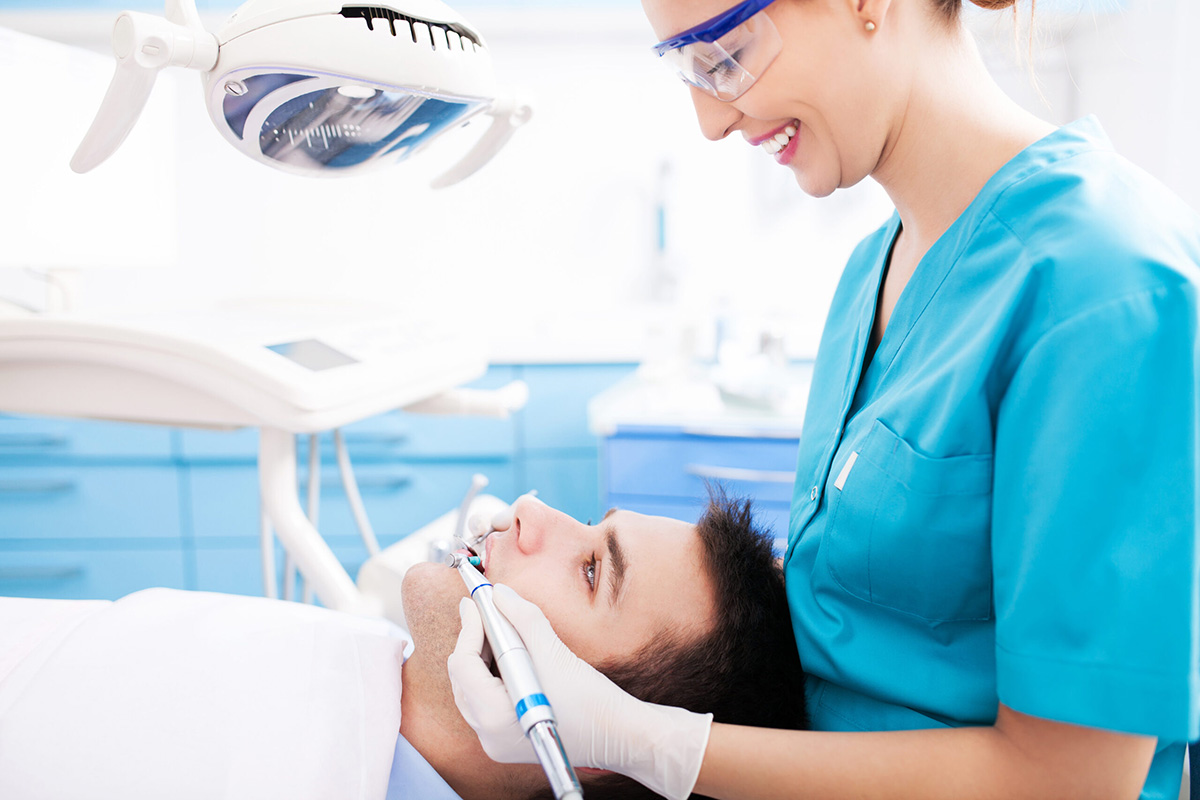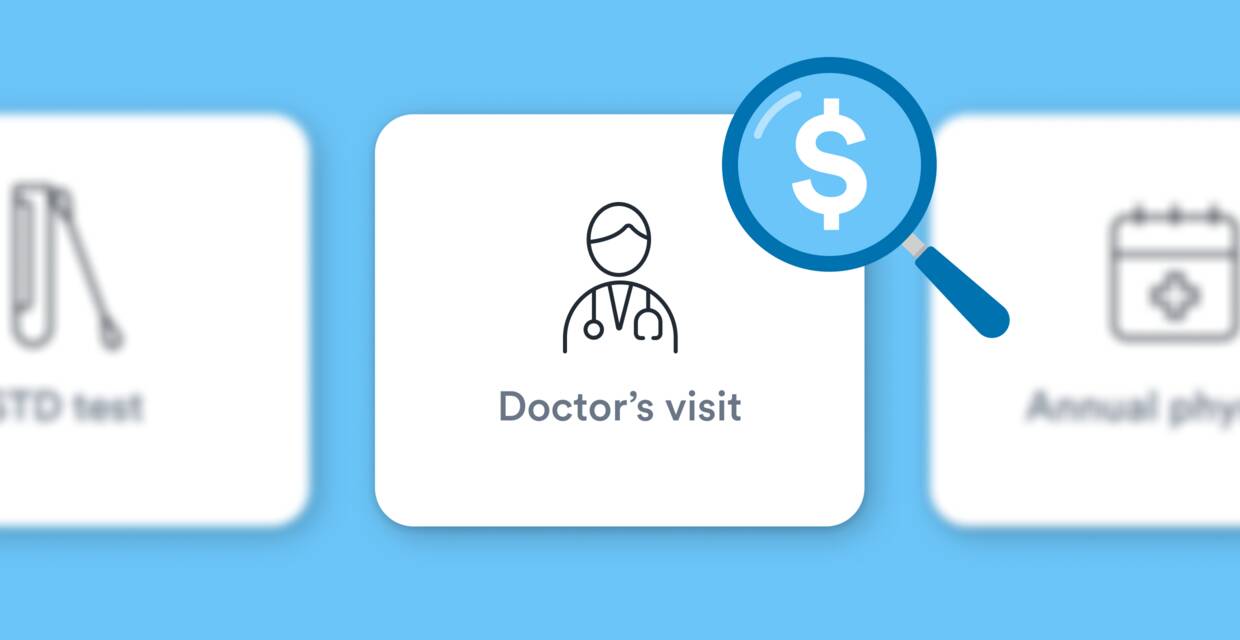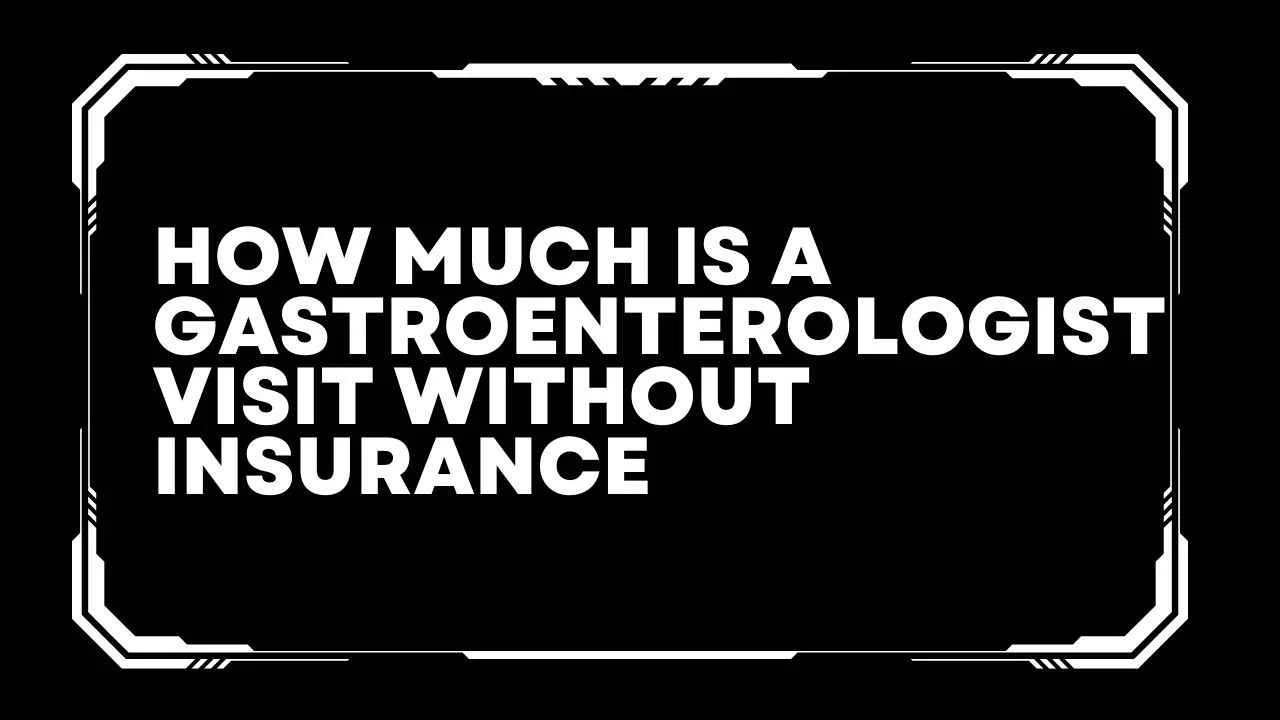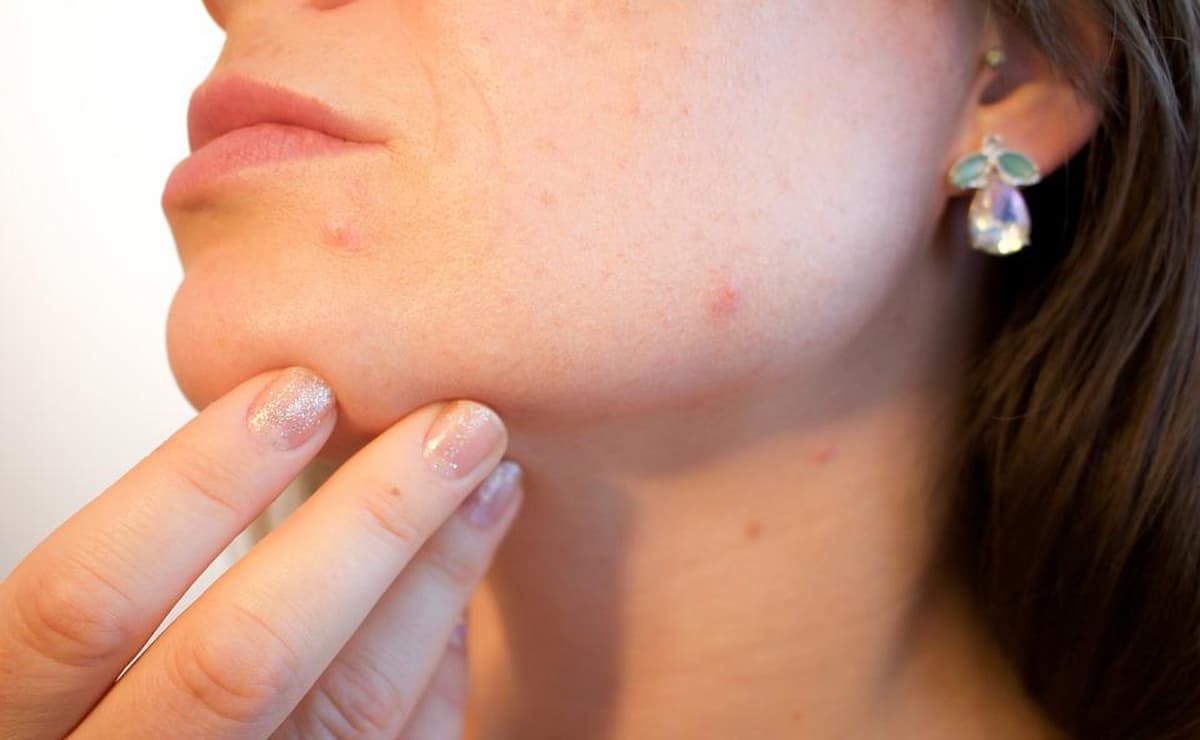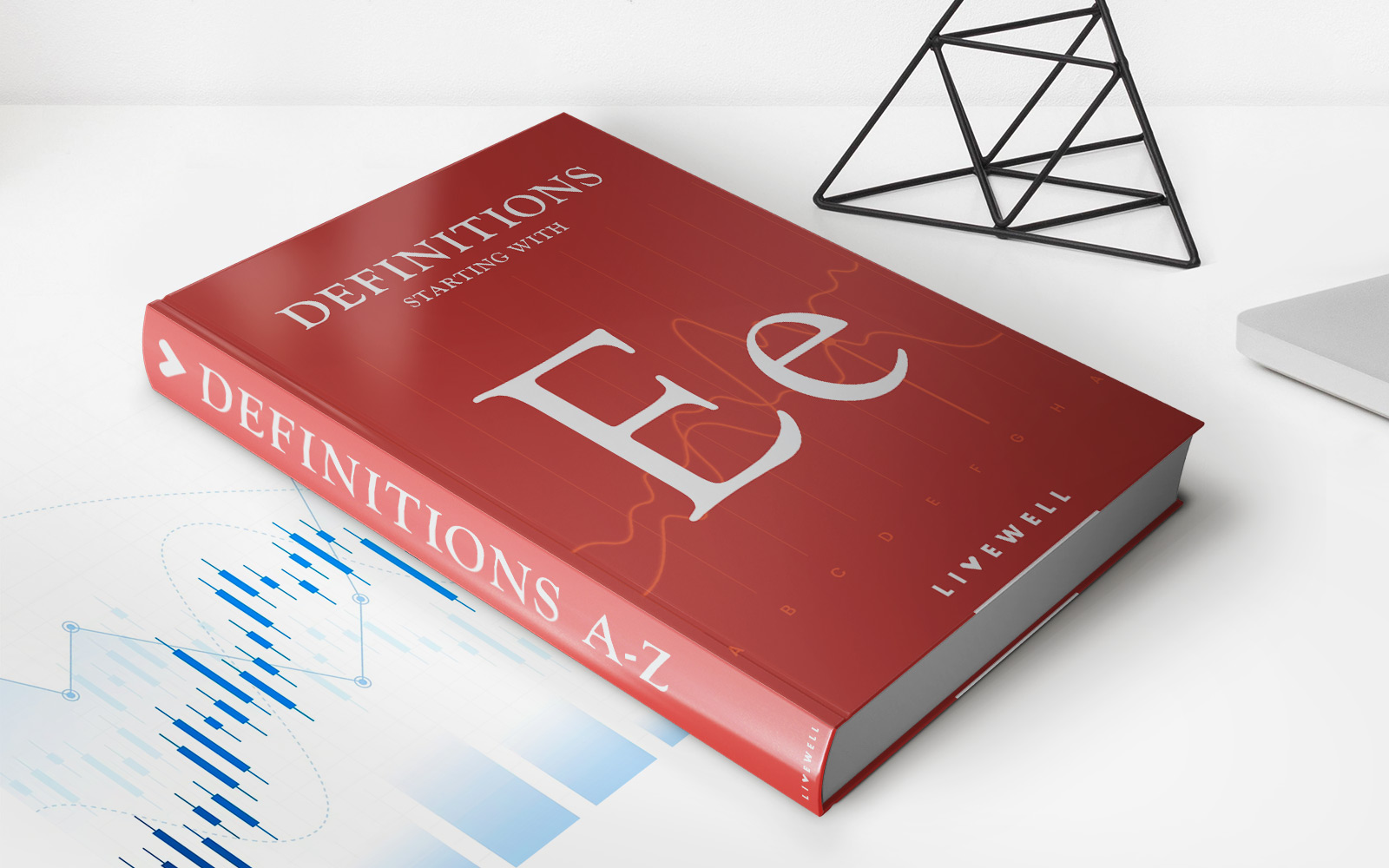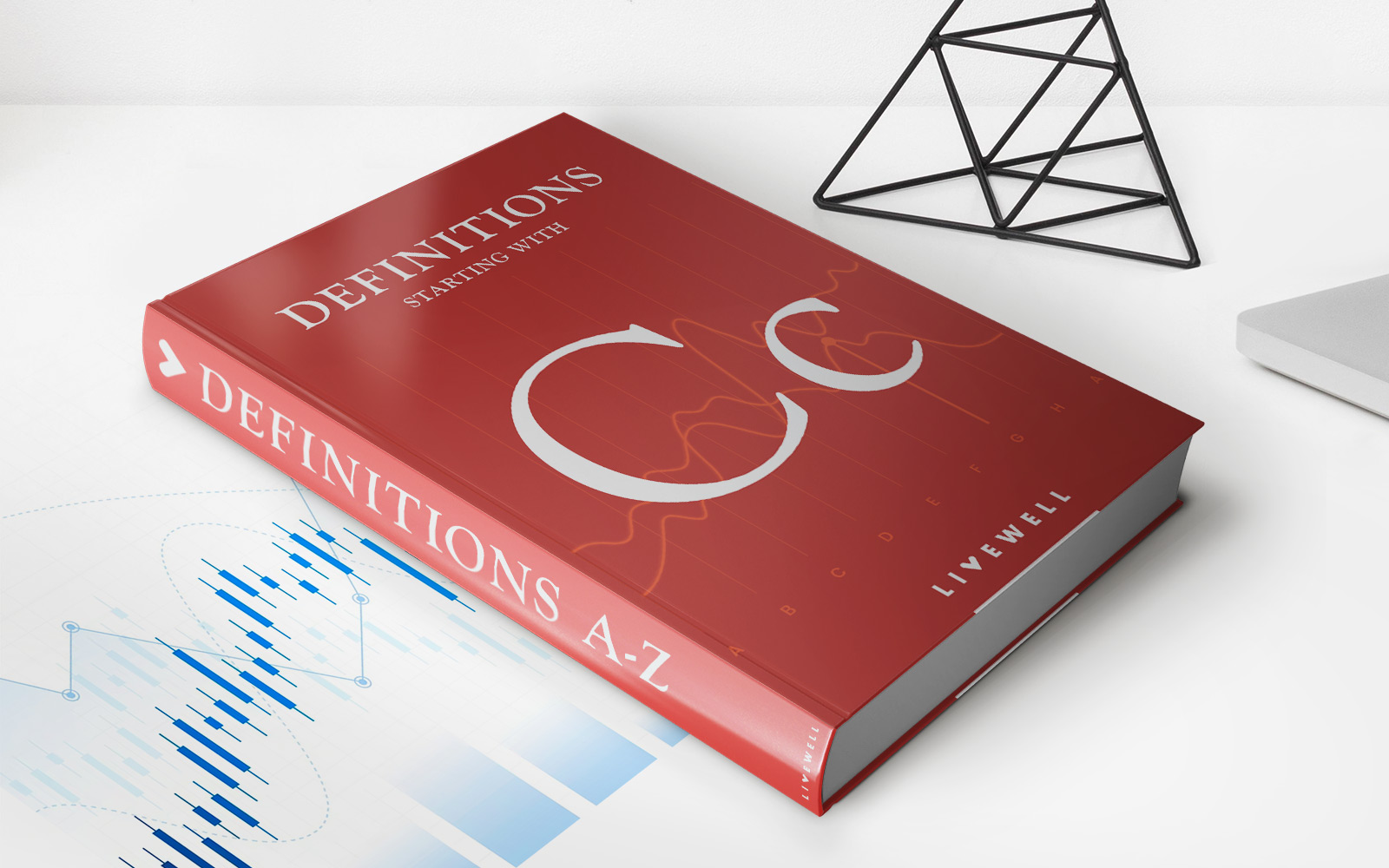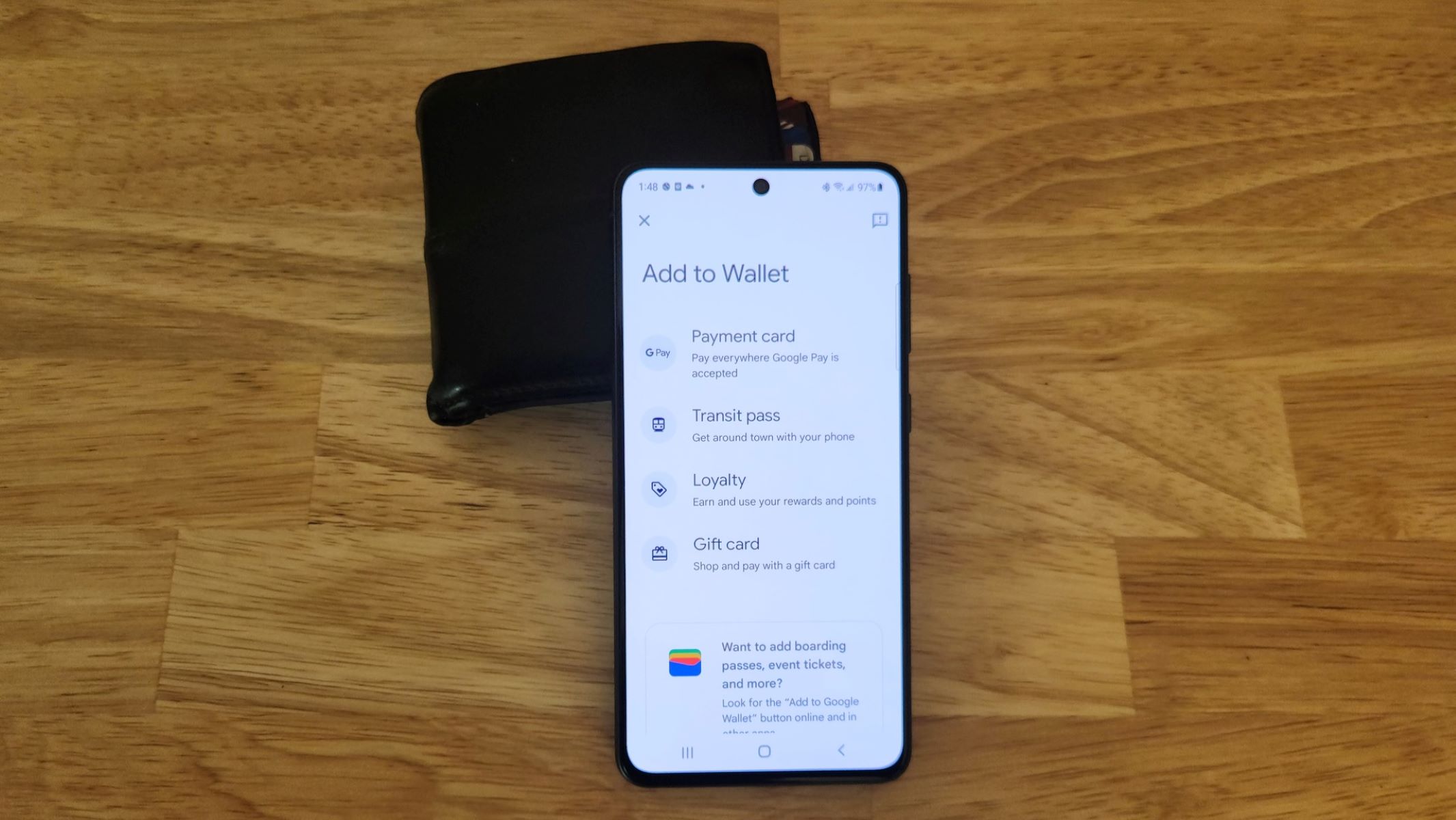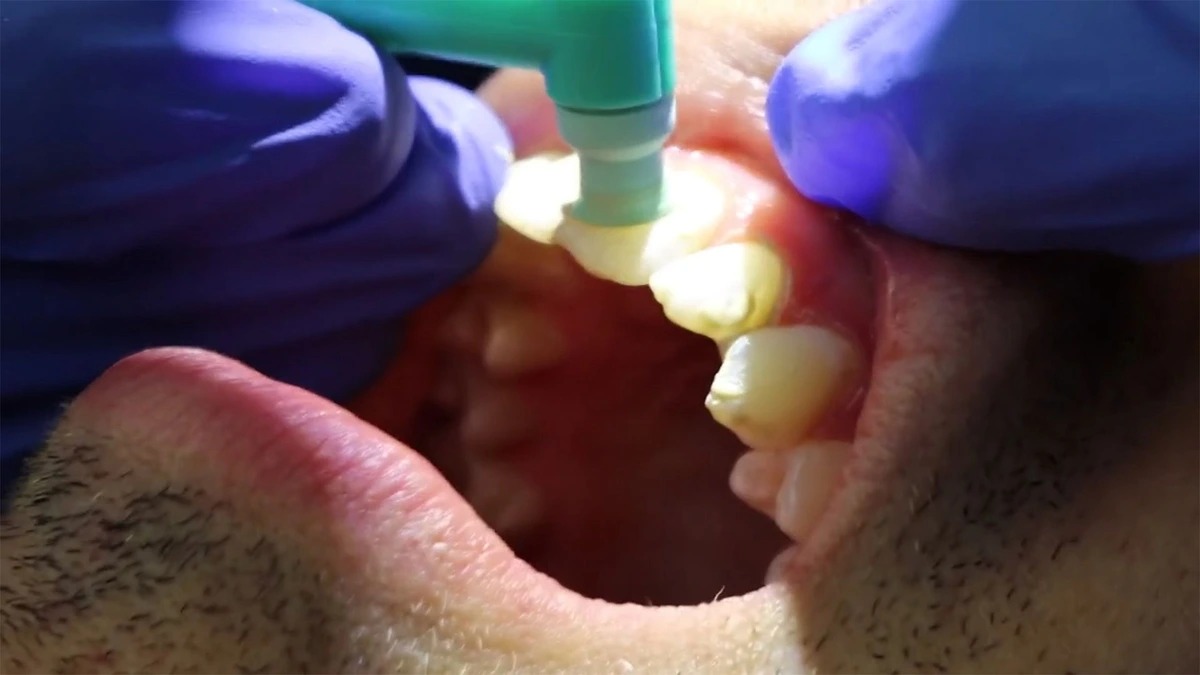

Finance
How Much Is A Dentist Visit Without Insurance?
Published: November 12, 2023
Find out how much a dentist visit costs without insurance and explore financing options to help cover the expenses.
(Many of the links in this article redirect to a specific reviewed product. Your purchase of these products through affiliate links helps to generate commission for LiveWell, at no extra cost. Learn more)
Table of Contents
Introduction
Going to the dentist is an essential part of maintaining good oral health. However, for those without insurance coverage, the cost of a dentist visit can be a cause for concern. Many individuals and families may wonder how much it will cost to receive dental care without insurance.
Fortunately, there are several factors that can help determine the cost of a dentist visit without insurance. Factors such as the location of the dental office, the type of procedure needed, and the dentist’s level of experience can all play a role in determining the cost. By understanding these factors and exploring low-cost alternatives, individuals without insurance can still access necessary dental care.
In this article, we will explore the factors that affect the cost of a dentist visit without insurance. We will also provide average cost estimates for common dental procedures and offer tips for reducing expenses. Additionally, we will discuss low-cost alternatives for dental care without insurance, ensuring that individuals and families can prioritize their oral health without breaking the bank.
Whether you’re facing a dental emergency, in need of a routine check-up, or considering a cosmetic procedure, understanding the cost of a dentist visit without insurance is crucial to making informed decisions. By learning about the various factors influencing the cost, exploring cost-saving strategies, and considering affordable alternatives, everyone can access the dental care they need for a healthy and confident smile.
Factors Affecting the Cost of a Dentist Visit without Insurance
Several factors can influence the cost of a dentist visit when you don’t have insurance coverage. Understanding these factors can help you estimate and plan for the expenses associated with your dental care.
First and foremost, the location of the dental office plays a significant role in the cost of your visit. Dental practices located in urban areas or regions with a high cost of living tend to have higher fees compared to those in rural or less expensive areas. It’s important to keep in mind that the cost of living can vary significantly from one location to another, and this can impact the overall cost of dental services.
The complexity and type of procedure you require will also affect the cost. Routine check-ups and cleanings tend to be less expensive compared to more complex procedures such as fillings, extractions, or root canals. Cosmetic procedures like teeth whitening or veneers are generally more expensive since they are considered elective and not typically covered by insurance.
The dentist’s experience and expertise can also impact the cost of your visit. Dentists with extensive experience and specialized training often charge higher fees due to their skill set and reputation. It’s important to consider the dentist’s qualifications and credentials when estimating the cost of your visit.
Additionally, the use of advanced technology and materials can increase the cost of certain procedures. For example, dental implants or crowns made from high-quality materials are typically more expensive than traditional options. These advanced techniques and materials often provide longer-lasting and more natural-looking results, which come at a higher cost.
Lastly, the need for any additional diagnostic tests or procedures can also contribute to the overall cost. X-rays, oral exams, and dental models may be required to properly diagnose and treat certain conditions. These additional tests and procedures may incur extra fees, so it’s important to discuss them with your dentist and understand their necessity and cost.
It’s worth noting that the cost of a dentist visit without insurance can vary significantly depending on these factors. Therefore, it’s essential to consult with your dentist and request a detailed cost breakdown for your specific treatment plan. This will help you better understand the expenses involved and explore alternative options if needed.
Average Cost of Common Dental Procedures without Insurance
The cost of common dental procedures without insurance can vary depending on various factors, including the location of the dental office and the complexity of the procedure. While these costs can vary significantly from one region to another, here is a general idea of the average prices you can expect for some common dental procedures:
1. Routine Check-up and Cleaning: On average, a routine dental check-up and cleaning can cost between $75 and $200. These preventive appointments typically include an examination, professional cleaning, and X-rays if necessary.
2. Tooth Filling: The cost of a tooth filling depends on the material used. Amalgam (silver) fillings are usually less expensive, ranging from $75 to $200 per filling. Composite (tooth-colored) fillings are more esthetically appealing but can cost between $150 and $400 per filling.
3. Dental Extraction: The cost of a dental extraction can range from $75 to $300 per tooth, depending on the complexity of the extraction. Surgical extractions, such as wisdom teeth removal, tend to be more expensive than simple extractions.
4. Root Canal Treatment: The cost of a root canal can range from $500 to $1500 per tooth. This procedure involves removing infected pulp and filling the root canal to save a severely decayed or infected tooth.
5. Dental Crown: The cost of a dental crown can vary based on the material used. On average, porcelain-fused-to-metal crowns cost between $800 and $1500 per tooth. All-ceramic or all-porcelain crowns can range from $1000 to $2000 or more.
6. Teeth Whitening: Teeth whitening procedures can range from $200 to $800, depending on the method used. In-office professional whitening treatments tend to be more expensive than at-home whitening kits.
Please keep in mind that these are average cost ranges and can vary significantly depending on your specific circumstances and the location of the dental office. It’s always advisable to consult with your dentist to get an accurate estimate for your particular treatment plan.
It’s important to note that these prices are for reference purposes only and should not replace professional advice. Dental costs can vary greatly, so it’s essential to consult with your dentist to obtain accurate pricing information for your specific needs.
Tips for Reducing the Cost of a Dentist Visit without Insurance
While dental care can be a significant expense without insurance coverage, there are several strategies you can employ to help reduce the overall cost of your dentist visit. Consider the following tips to make dental care more affordable:
1. Compare Prices: Research and compare the fees charged by different dental offices in your area. Prices can vary significantly, so it’s worth exploring multiple options. Look for reputable dental practices that offer competitive rates without compromising quality.
2. Seek Discounts and Promotions: Many dental offices offer discounts for new patients, package deals, or promotional offers on certain procedures. Take advantage of these opportunities to save money on your dental care.
3. Consider Dental Schools: Dental schools often have clinics where dental students provide supervised treatment at a reduced cost. While the procedures may take longer, you can receive quality care at a fraction of the price.
4. Look for Assistance Programs: Some dental schools, non-profit organizations, and government agencies provide financial assistance or low-cost dental care to individuals without insurance. Research these resources in your area and see if you qualify for any assistance programs.
5. Inquire about Payment Plans: Talk to your dentist about setting up a payment plan for more expensive procedures. Many dental offices offer flexible payment options, allowing you to pay for your treatment in installments over time.
6. Consider Dental Discount Plans: Dental discount plans, also known as dental savings plans, provide discounted rates for various dental services. These plans typically require an annual membership fee, but they can help significantly reduce dental costs for individuals without insurance.
7. Practice Preventive Care: By maintaining good oral hygiene practices and regularly visiting the dentist for check-ups and cleanings, you can prevent the need for extensive and costly dental treatments in the future. Prevention is key to reducing long-term dental expenses.
8. Prioritize Necessary Treatments: If you need multiple dental treatments but are on a limited budget, discuss your options with your dentist and prioritize the most crucial procedures. Addressing urgent dental issues first can help prevent further complications and expenses down the line.
Remember, communication is key. Be open with your dentist about your financial situation and concerns. They can work with you to create a treatment plan that accommodates your budget while still addressing your oral health needs.
By being proactive, researching affordable options, and taking advantage of available resources, you can significantly reduce the cost of your dentist visit without insurance. Dental care is essential, and with proper planning, you can prioritize your oral health without causing financial strain.
Low-Cost Alternatives for Dental Care without Insurance
For individuals without insurance coverage, accessing affordable dental care can be challenging. However, there are several low-cost alternatives that can help you receive the necessary dental treatment without breaking the bank. Consider the following options:
1. Community Dental Clinics: Many communities have dental clinics that provide low-cost or even free dental services to individuals without insurance. These clinics are often staffed by volunteer dentists or dental students under the supervision of licensed professionals. Research local community clinics and inquire about their services and fees.
2. Dental Schools: Dental schools often have teaching clinics where dental students provide supervised treatment at a reduced cost. While the procedures may take longer, you can receive quality care at a fraction of the price. Dental students are closely supervised by experienced dentists, ensuring your safety and well-being.
3. Dental Discount Plans: Dental discount plans, also known as dental savings plans, provide discounted rates for various dental services. These plans typically require an annual membership fee, but they can significantly reduce dental costs for individuals without insurance. Providers in these plans have agreed to offer discounted rates to plan members.
4. Charitable Organizations: Some non-profit organizations and charities offer free or low-cost dental care to individuals in need. They may run temporary clinics or provide financial assistance for necessary treatments. Research local or national charitable organizations that focus on oral health and inquire about their services.
5. Negotiating with Dentists: In some cases, dentists may be willing to offer a discounted rate or work out a payment plan for uninsured patients. It’s important to communicate openly with your dentist, express your financial situation, and explore potential options for reducing costs.
6. Government Assistance Programs: Depending on your location, there may be government assistance programs available to help individuals without insurance access affordable dental care. These programs vary by region, so research local resources and inquire with government agencies to determine eligibility and available services.
7. Dental Membership Plans: Some dental offices offer in-house membership plans for uninsured patients. These plans typically involve paying an annual or monthly fee in exchange for discounted rates on dental services. Inquire with local dental offices to see if they offer such membership plans.
Remember, while these low-cost alternatives can help you access dental care without insurance, it’s crucial to choose a reputable provider and ensure that the treatment meets your specific needs. Do your research, ask for recommendations, and inquire about the qualifications and experience of the dental professionals before proceeding with any treatment.
By exploring these low-cost alternatives, you can find affordable options for dental care without insurance. Don’t let financial barriers prevent you from prioritizing your oral health. Take proactive steps to find the best solution for your dental needs while keeping your budget in mind.
Conclusion
While the cost of a dentist visit without insurance can be a concern, there are various factors, strategies, and alternatives to help make dental care more affordable. By understanding the factors that influence the cost, individuals can better estimate and plan for their dental expenses.
Factors such as location, procedure complexity, dentist’s experience, technology used, and additional diagnostic tests all play a role in determining the cost of dental care without insurance. Consulting with your dentist and requesting a detailed cost breakdown for your specific treatment plan can provide a clearer understanding of the expenses involved.
Exploring cost-saving strategies is another effective way to reduce dental expenses. Comparing prices, seeking discounts and promotions, considering dental schools or assistance programs, inquiring about payment plans, and utilizing dental discount plans can all help make dental care more affordable.
Additionally, low-cost alternatives such as community dental clinics, dental schools, dental discount plans, charitable organizations, and government assistance programs can provide accessible and affordable dental care options for uninsured individuals. Negotiating with dentists and considering in-house membership plans are other viable options to explore.
It’s crucial to prioritize preventive care, practice good oral hygiene, and regularly visit the dentist for check-ups and cleanings. By preventing extensive and costly dental treatments in the future, individuals can reduce long-term dental expenses.
Ultimately, everyone deserves access to quality dental care, regardless of insurance coverage. By being proactive, researching affordable options, and communicating openly with dental professionals, individuals without insurance can prioritize their oral health without experiencing excessive financial burden.
Remember, oral health is an essential part of overall well-being. By exploring the various factors, strategies, and alternatives discussed in this article, individuals can make informed decisions and take control of their dental care costs. With careful planning and a proactive approach, dental care can be accessible and affordable for everyone.

